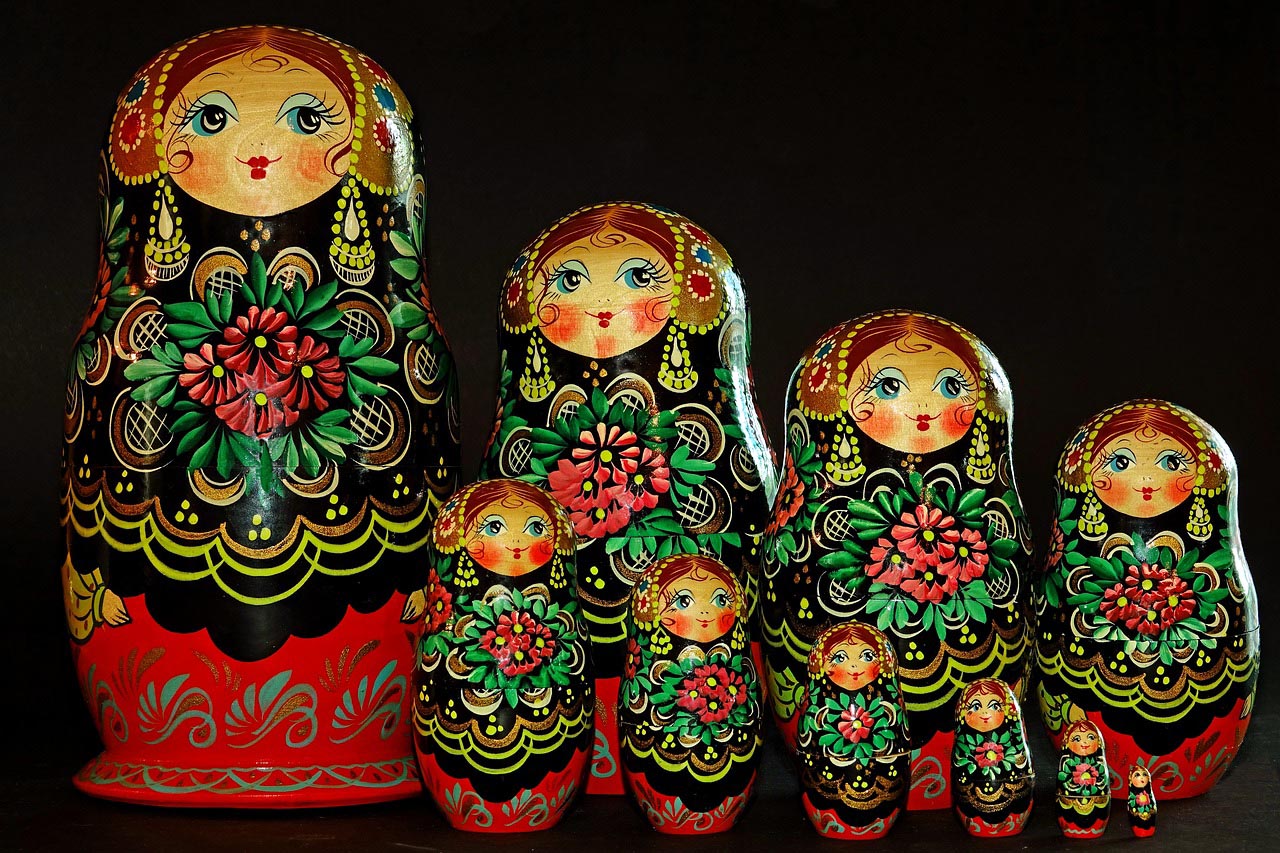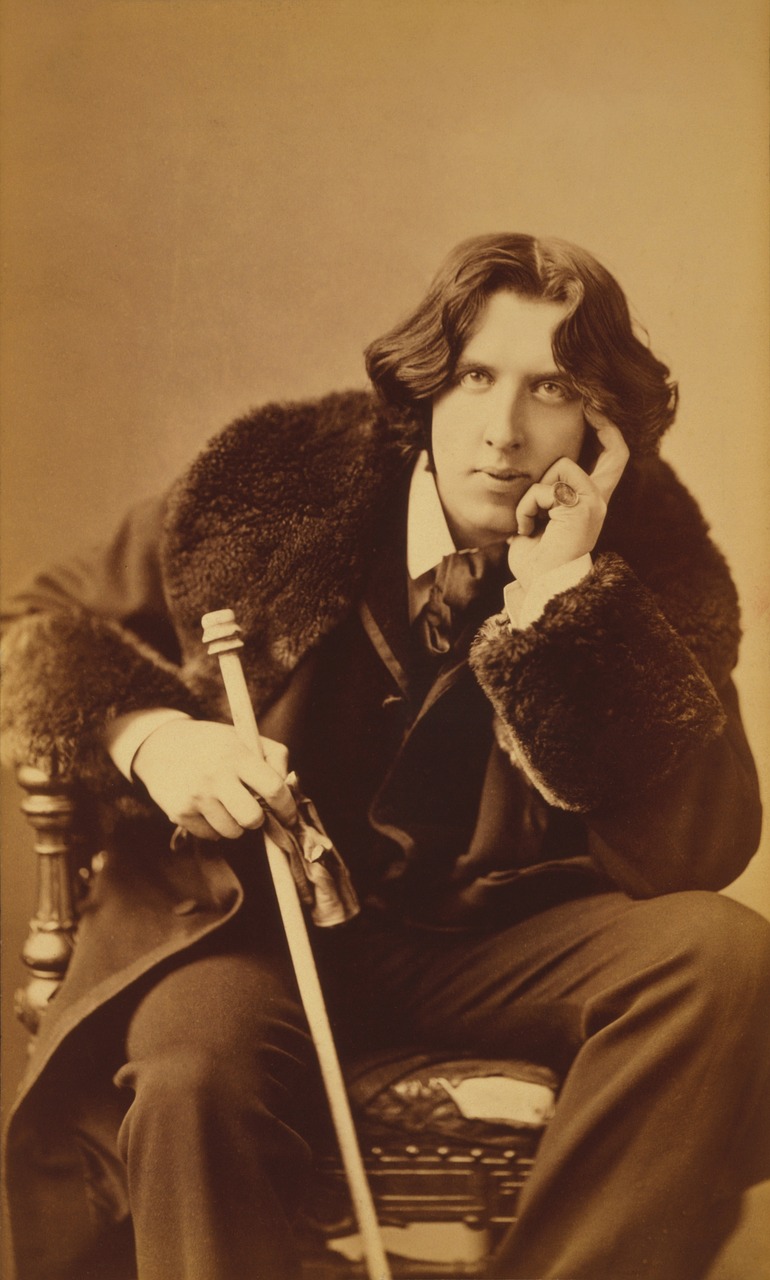by Swarna Chandrasekera, Ph.D.
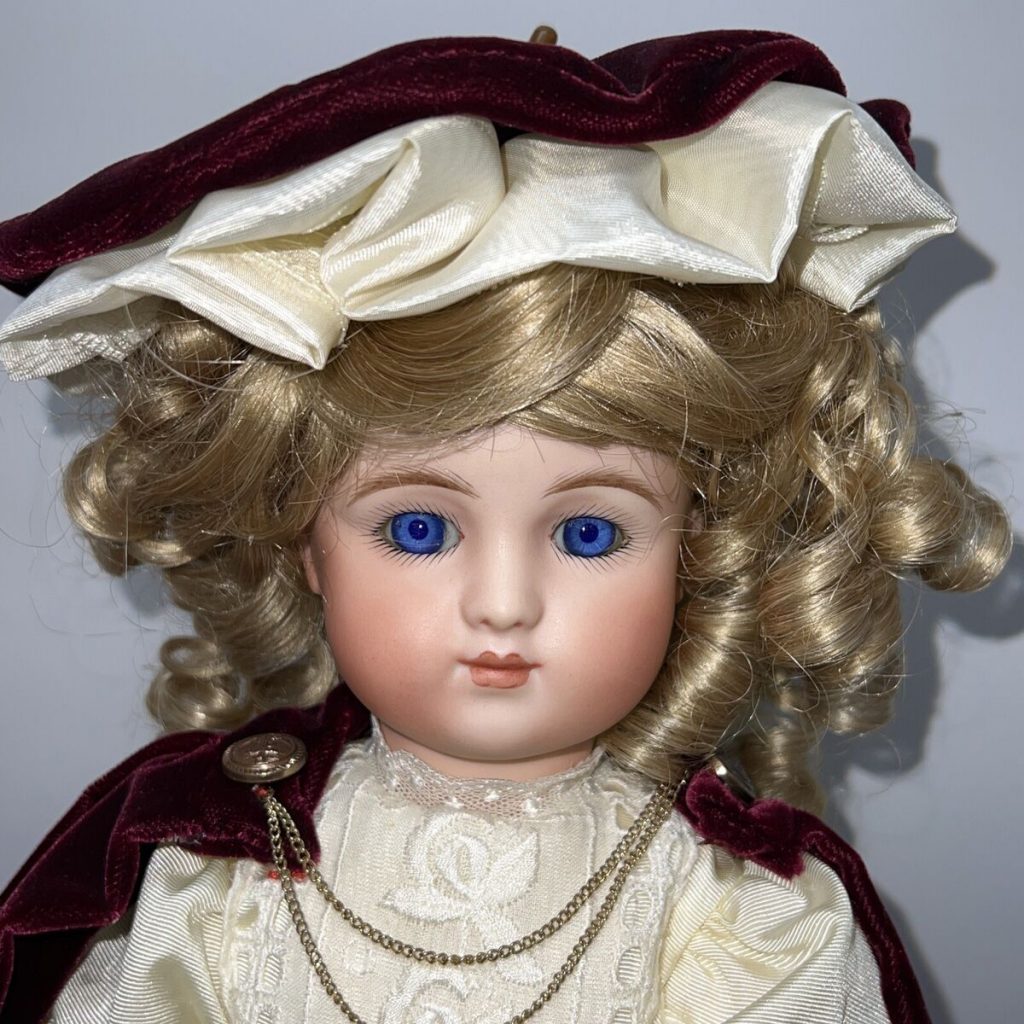
Dolls are the unique form of art, valuable collectibles that add beauty, function, and even humor to our lives. Adults as well as children enjoy dolls. The purpose of this article is to examine a brief history of the dolls. Including dolls in folktales, variations of dolls, materials they made out of, cultural beliefs, rituals and festivals.
The Encyclopaedia defines “dolls” as a ‘child’s toy modeled in human or animal form. It is perhaps the oldest plaything of humankind.’ (The encyclopaedia, P.156) Japanese word for doll is Ningyo, literally means ‘human shape’ (Tokubei, P. 1). The Latin Pupa, meaning a young or newborn child. Poupe’e in French and puppe German during the middle ages. In English dolls are also referred to as puppet, pup or puppy. (King, P. 9) Greek word for doll is kore and it means girl. Now the word ‘doll’ describes all manners of children’s toy. Also early doll-like figurines or images from ancient times, which have sometimes led people into associating the word with “idol.” Taken together, the word “doll” is defined as a representation of the human figure plays by a child as a toy. Dolls are spiritual and they reflect our ideas, our values as well as our feelings. Therefore, looking at history of dolls may give us self-satisfaction.
Dolls in Folktales
Some people believed that first dolls are the gifts given by the goddess of heaven. We can find some facts through folktales. “Long, long time ago when the king Vikram was reigning in India, once he came across beautiful women in front of a cave while he was hunting in a jungle at the foot of Himalayan Mountain. Surprised by their dazzling beauty, the king inquired about the queen of these women. One of he king’s maids told him a wonderful story. “The goddesses were the first makers of dolls. They came to the earth to play with dolls. When the game was over they did not want to part with the dolls, and so they gave them life. After returning to the heaven the goddess sent another beautiful doll to look after the other dolls, their queen, Abola Rani.” (Bose, P. 57) According to this folktale, very first dolls were made by the goddesses as their playthings and later came to humans. When this story is analyzed, it is obvious that dolls are respectable objects and ancient people treated them as holy objects.
The world famous Russian folktale of ‘Vasilissa the Beautiful’ illustrates a miserable life of a little girl. How much satisfaction and courage she got from her doll. The doll saves the poor girl from her cruel stepmother and a witch. Doll had a human shape and that imitated a real person. She treated her doll as if it were a real human being. An Indian folktale called ‘Doll’ shows the three dolls helping a husband to solve a problem. “Everyday I bring home bushel of fish, when I come to eat, the fish have only heads and tails. No middles.” He told his older sister and she gave him an advice. “If that is the case, Brother, go to a carpenter, and ask him to make three dolls for you. Place one doll next to the cooking fire. Place another with the pots and pans. Put the third one in the niche in the wall. Bring fish home as usual and leave.” The husband did as she said and the three dolls caught the thief. Surprisingly, the thief was his wife.
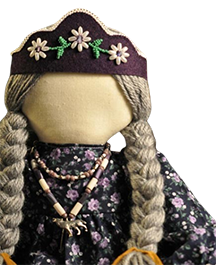
“The Prince and the Talking Doll” is another Indian folktale mentions a talking doll. This doll helped a princess to rescue her husband. In addition, in the ‘Talking Bed’ story, four dolls carved on the four legs of the Raja’s bed and dolls found that the ‘Raja’ is a sinner. In some stories, dolls can change the size of their body and behave like a human. ‘Doll in the Grass,’ a Norwegian folktale is a good example for this kind of a story. A teeny, tiny doll became a human being surprisingly and married to a prince. The ‘no face doll’ comes from Haudenosaunee people. They respect what they call sustainers of life, the three sisters; Corn, Beans and Squash. One day the Corn Spirit asked the Great Spirit if there was anything more that she could do for her people. The Great Spirit told her that she could make a doll out of her husk. She made the doll from her husk with a beautiful face. The Doll went from village to village and played with the children. Everybody admired her beauty wherever she went. She went into the Great Spirit’s lodge and looked into a pool of water to admire herself. Great Spirit warned her if she kept thinking that she was better than everyone else a punishment would come upon her. She didn’t listen and again looked into the pool of water to admire herself. But this time she didn’t have a face. Great Spirit had taken her face away. To this day, Haudenosaunee people do not put faces on their corn husk dolls.

The ‘Worry Dolls’ are tiny, hand crafted dolls from Guatemala. Children believe that after telling worries to the worry doll and putting it under the pillow, all the worries will be gone. We can find this kind of doll-based folktales in most of cultures of the world. These folktales state that, history of the dolls begins as early as the Stone Age or even as early as the beginning of human kind. It is mentioned in Buddhist scripture that Vishaka Maha Upasika’s granddaughter had adoll and she lost it. She was so worried and cried non-stop. Vishaka Upasika took her to see the Buddha to calm her mind.
Materials of Primitive Dolls
According to the archaeological findings, “Dolls are said to have existed as early as the Paleolithic Era (Roughly 2.5 million years ago to 10,000 B.C.) The oldest one, discovered in Siberia, had a head carved from soapstone and body made of organic materials, which have since then decomposed. It is believed to be over 4,500 years old.” *
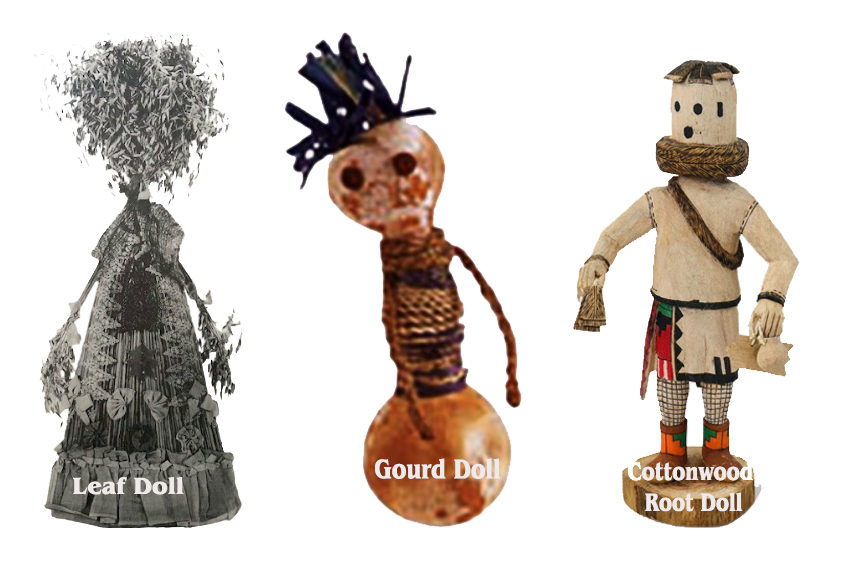
The attractiveness of the primitive dolls lies in it being constructed out of easily available materials. Because of the harmony of nature, which produce the raw material, their combination in a doll has to be successful. The Barundi girls from the East Africa make dolls from the flowers of the banana tree or from a gourd, which they then decorate with fringes of raffia and cut holes in the foundation gourd for eyes and nose. Among the methods of making simple dolls, gourds fixed together with a wooden stick are very popular. The figures are then decorated with beads, grasses and leaves to make an attractive representation.
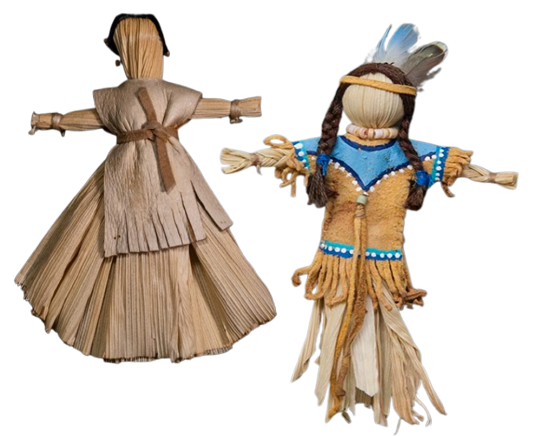
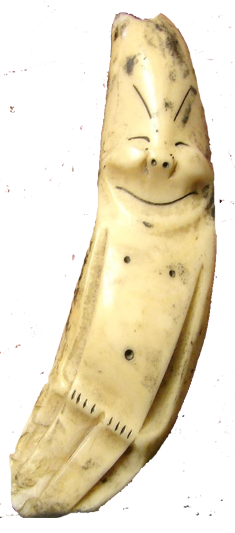
The Hopi and Zuni Indian doll figures are made out of dry cottonwood root and are painted inexat imitation of the masks worn by the tribesmen who imitate kachinas. The corncob and corhusk have served children of many countries as a basis for a doll. The hair is an obvious form of decoration and beads and feathers can also be added. One type of corncob doll from Angola has the addition of wax breasts and is dressed in rag. Mexican corn dolls are made of two cobs, which enables the figure to have two legs for greater realism. The Eskimos have made fine dolls with faces carved from walrus tusks, drift wood, reindeer horn and bone. These dolls are dressed in animal skin. Dolls we see, from the beginning to-date are made up of leather, fur, cotton, felt or silk, seed, wire, wooden clothespins, corn junks or dried apples, coconut fiber, hemp, clay or different tusks or horns, china and different plastics. The majority of primitive dolls are associated with a woman’s life-pattern.
Historical Facts
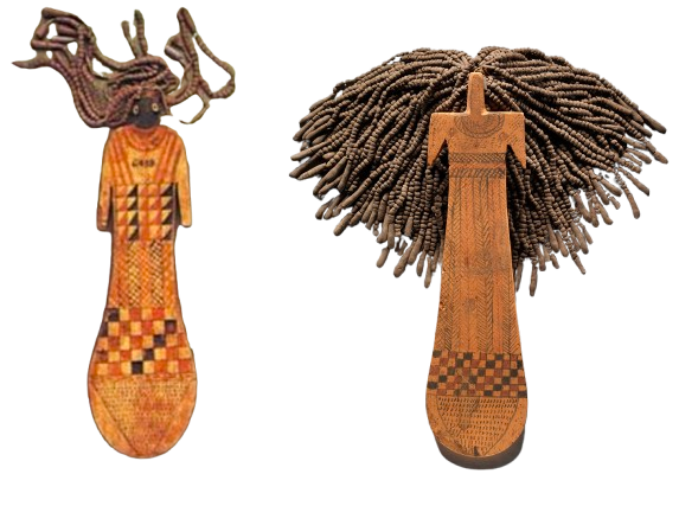
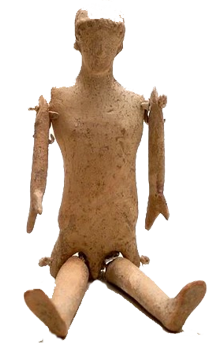
Early figures, which are recognizable as dolls can be dated back to around 2000 B.C. They were produced by the Egyptian civilization. The wood is first cut into a simple paddle shape. Those are colourfully decorated with geometric designs and have hair made from rough clay beads. Some dolls are wood and linen stuffed with papyrus leaves. Their embroidered faces and hair are made from fabric threads. They represent a type of dolls, which has continued to be made throughout the years. Other well-made wooden figures have been found in the Nile valley, where the hot, dry sand has ensured their survival. “Wooden dolls must certainly have been made by the early Greeks, but the surviving examples are all of clay. Probable dolls of bone, ivory, wax and fabric were often made, as individual have been found.” (King, P.4) Dolls are found in most of the Roman-occupied lands. Those dolls are made of bone or terracotta. A baby’s rattle discovered in Cornish and dating from thyme of Nero, in the first century A.D., “it depicts a little Negro slave boy fallen asleep beside his bundle and is quite beautiful and tender in sentiment. A few beads enclosed in the hollow body provide the rattle.” (King, P.18.)
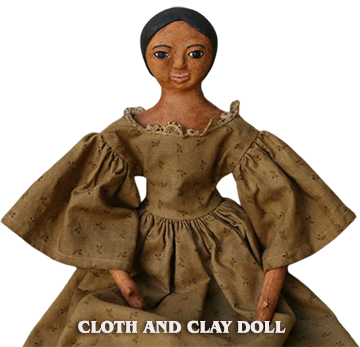
A Roman bone doll dating from the third century B.C. was found at Tarentum in Italy. A jointed wooden doll discovered in the coffin of a little girl of 1st century Rome, was completed with a gold bangle and a ring. The body is as carefully modeled and proportioned as the face and the head. There are even finger and toe joints. Finally, we have the nearest approach to our modern idea of child’s play doll, found in a child’s tomb dating from the latter half of the third century A.D. It is a pottery doll painted white with tares of pink, with black hair and eyes, made by modeling and baking separate limbs and joining them together with plaster.” (King, P.21)
The tradition of playing with dolls is deeply rooted in Indian culture and is depicted in sculptural relieves from Amaravati and Nagarjunakonda dating from the second and third centuries A.D. Japanese dolls also have a long history. “The origin of Japanese dolls is also extremely old, beginning in the Jomon period about 3,000 years ago. However, it is only since the Edo period that dolls have come to take a wide variety of forms and purposes, and many different types have been produced.” (Tetsuro, P.4)
Development of Dolls
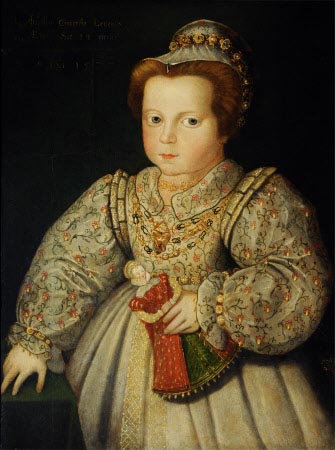
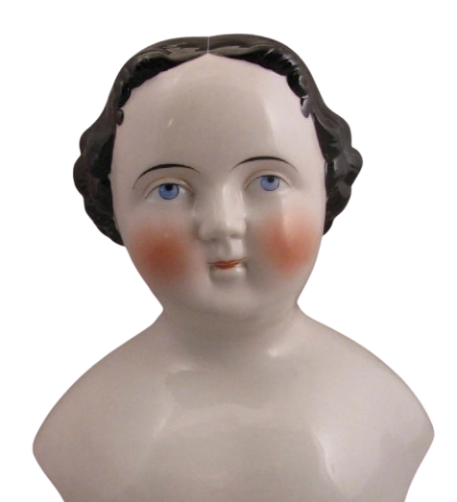
The standard of dolls had improved during the late fourteenth and fifteenth centuries. “Portrait of Lady Arabella Stuart painted in 1597 by an unknown painter, depicts how the two-year-old child who was eventually to end her life in the Tower of London, carried a lady doll in the adult costume of period.” (King, P. 36) Paris continued to be of great importance in doll making and male doll appeared to have become more popular during the sixteenth century. The seventeenth century Queen Ann type represented by the lovely example in the Victoria and Albert museum, which gives the impression of having been especially carved and decorated as a gift for a wealthy child.
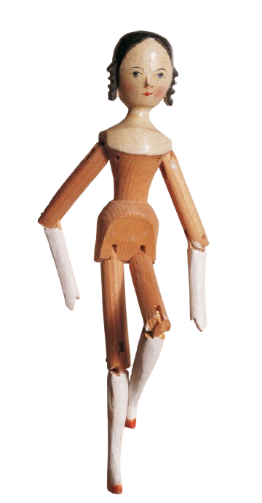
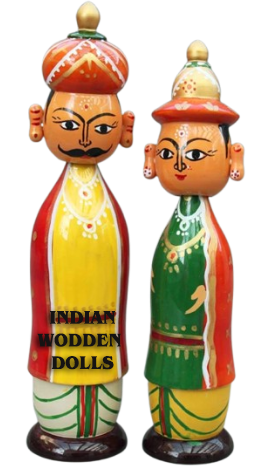
The most frequently described and photographed dolls of the fifteenth century were made of white pipe clay and discovered under a pavement in Nurnberg in 1859. Pegwoodens, Papier-Mache, Glazed China Heads, Parian Ware, Poured Wax dolls became popular in early 1800’s. Poupards, which succeeded stump dolls, came mainly from the Erzgebirge region of Germany. The idea of enhancing composition with wax was realized by many German doll-head makers, starting in 1830. Joint wooden dolls made after 1790 are usually called Dutch dolls or peg woodens. One of the foremost manufacturers of composition dolls in the United States was Ludwig Greiner (1840-1890), based in Philadelphia.
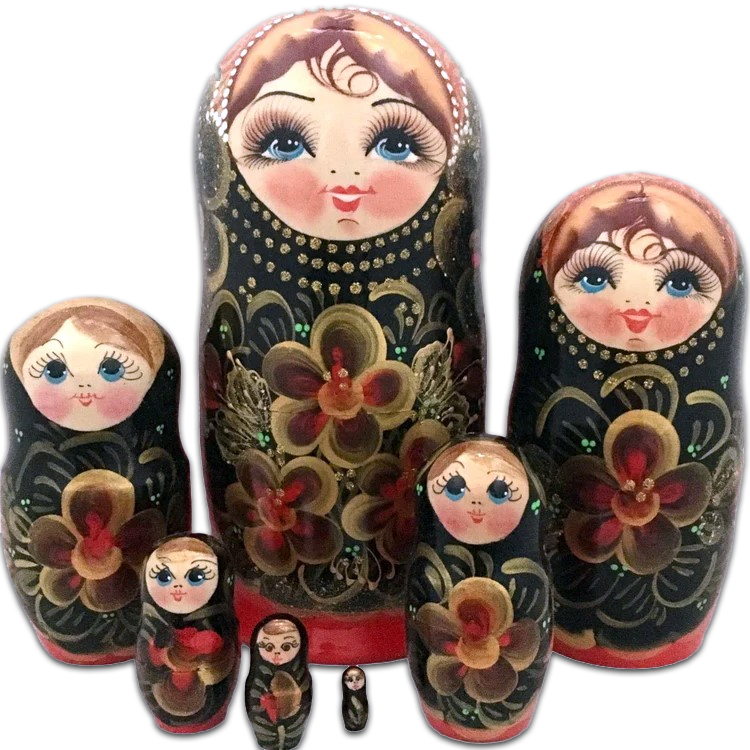
“Matryoshka dolls” also known as stacking dolls, nesting dolls, Russian tea dolls or Russian dolls, are a set of wooden dolls of decreasing size placed one inside another. Matryoshka is a symbol of a Russian traditional woman or ‘Babuska,’ a strong female matriarch and a central figure in the Russian family. The name “Matryoshka” meaning “little matron”, also referred to as the Rooster Girl, since she is more known as the wooden doll holding a black rooster in her arm. These dolls are a traditional representation of the mother carrying a child within her and representation of a chain of mothers carrying on the family legacy through the child in their wombs. These dolls were first designed and painted by two men; Sergey Malyutin and Vasily Zvyozdochkin in 1890. This is part of north of Moscow famous for its Slavic culture and folk art.”*
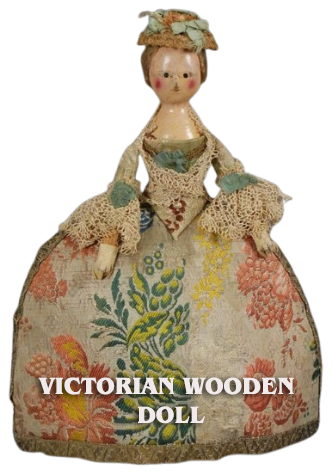
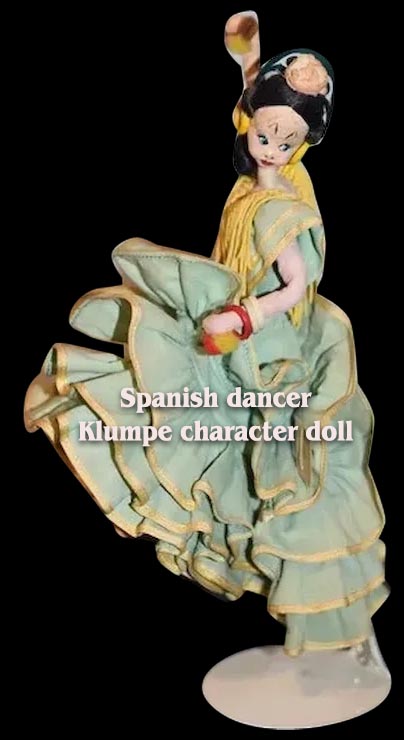
Between 1870-1900, a small number of English companies in London also manufactured wax-over-composition heads. These were attached to stuffed cloth bodies. Wax modellers were quick to discover that the material offered unique possibilities for rendering highly realistic portrait heads. As a result, Pierotti Porait dolls, (1900-1930), Porcelain dolls, Besque dolls, Fashionable Lady dolls, Jumeau dolls, Brue dolls, Lady with Bure wooden body dolls, Steiner dolls, Lady Betty Modish dolls, My Dream Baby dolls, Character dolls, Printed Cloth dolls, Steffi dolls appeared in the world. Early in the nineteenth century attentions turned into patterning methods of making dolls, and from this time, dating becomes more accurate. “The Making of Dolls” unknown artist’s painting dated end of the 19thcentury illustrate the development of dolls and costumes.
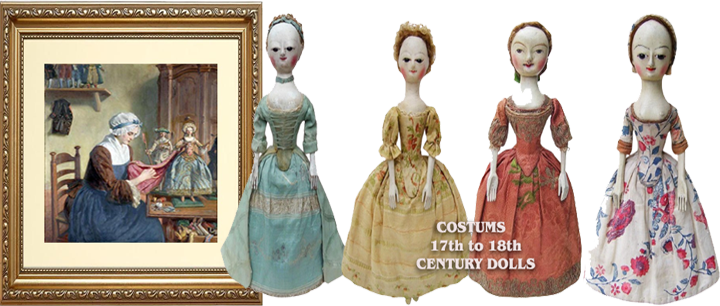
Today there are many different kinds of dolls coming everyday from every part of the world. Barbie dolls are world famous. It is difficult to mention the names of all the dolls because of the huge variety. They are richly dressed in satin, silk and jewels as well as cotton, linen, woolskins or feathers.
(The rest of the article to be continued in the next month (December) edition. The images in this article are from internet sources. Gratefully acknowledged that all the photographers, artists and authors who contributed to the internet resources)


